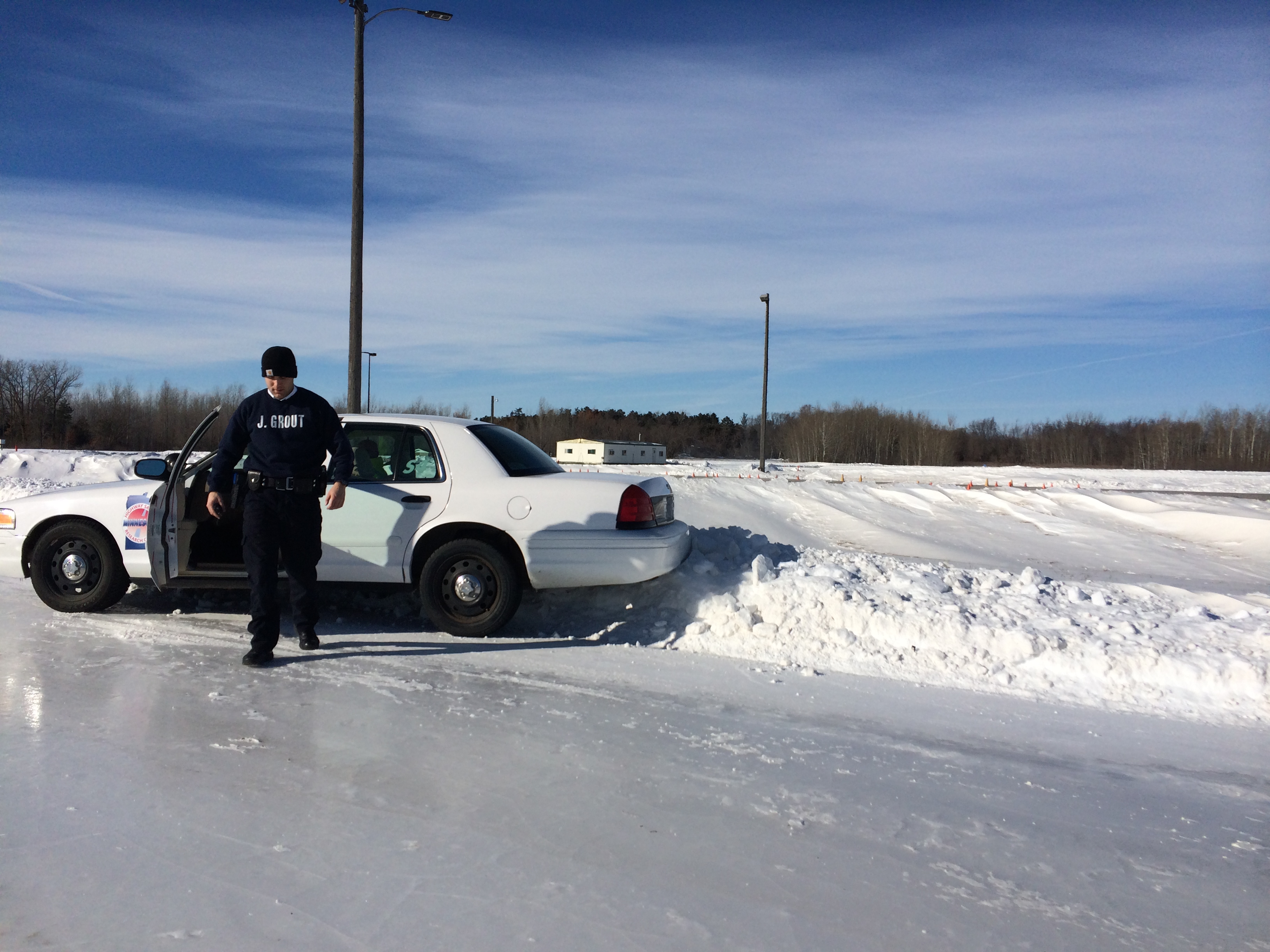MINNEAPOLIS - The Minnesota State Patrol say hundreds of drivers were victims of black ice in a morning commute that included cars spinning across lanes.
Black ice, which is clear, forms when moisture from exhaust condenses.
In a 24 hour period, troopers across the state were dispatched to 350 crashes, one of them was deadly.
But other than remembering to drive slowly experts say there are some extra steps you can take to stay safe when the roads are slick.
Larry Nadeau, director of outreach for Minnesota Highway Safety and Research Center at St. Cloud State University, said poor following distances can lead to a crash.
"The other thing that is really important is having vehicle lead time," he said. "Most of us are driving with our eyes on the back of the bumper in front of us. We should have our eyes like 15 seconds ahead."
Nadeau, who teaches an interactive driving course for experienced drivers, watched Tuesday afternoon when something went wrong on the course.
MINNEAPOLIS - A student getting a lesson on the course coated with ice landed in a snow bank. The student slammed on brakes and started spinning.
Then, his vehicle landed in a snow bank.
Other industry experts suggest shifting your vehicle into a low gear to give more control.
However, Nadeau warns that's a technique for more experienced drivers.
"Having a well maintained vehicle and tires that are in suitable conditions for winter driving helps," he added. "You could go spinning if you shift gears."
Mark Bromenschenkel, also an instructor with the research center, said if the car starts sliding, steer toward your focal point.
"Turn your wheels toward where you want that car to be going," Bromenschenkel said. "Stay off brakes and let the wheels turn."
On days like Tuesday, the Minnesota Department of Transportation treats the city streets and highways with a salt and sand mixture.
"Straight salt doesn't work as well in sub-zero temps. Salt has its limitations and loses its effectiveness very quickly at temperatures below 15 degrees," MNDOT spokesperson Denise Workcuff said via e-mail. "The colder it gets the less effective the ice treating chemicals become. The sand/salt mix helps to keep the sand from clumping up and freezing. It keeps it more pliable so it can be applied more efficiently to the roads."
Meanwhile, the research center offers year-round programs that provide drivers with the opportunity to experience real-life scenarios in a controlled environment.
Classes for men and women over the age of 55 are discounted. Thanks to a grant, Nadeau said the course will be offered free of charge for teens starting in March. For more information call 1-888-234-1294.


